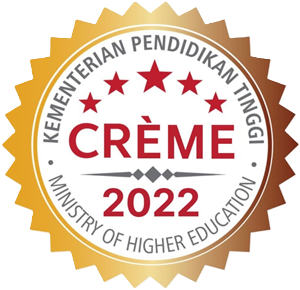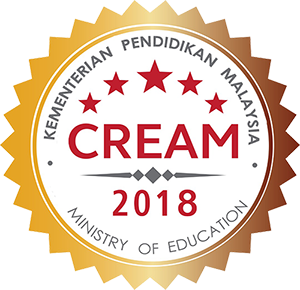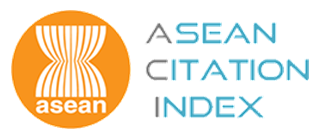FACTORS INVOLVED DURING IN VITRO CULTURE OF CALAMUS ROTANG
Keywords:
Calamus rotang, establishment, monocot, propagation, sterilisationAbstract
Calamus rotang is a subterranean woody monocot where in vitro multiplication technique may be used as an alternative process for rapid plant generation. Since subterrestrial young plantlets face a problem in establishment due to a high degree of contamination in the medium, to reduce contamination, chemicals were tested for sterilisation of the explant. Sodium hypochlorite (5.0 % v/v) in combination with mercuric chloride (0.5 % w/v) resulted in the highest response. Explant establishment was dependent on their lengths as well as the plantlets from where the explants were derived. Explants of length 1.5-2.0cm derived from plantlets having a length of 10-20 cm showed a higher rate of growth under culture conditions. Bud proliferation in explant was achieved in the establishment medium supplemented with BAP (6-benzylaminopurine) (5-10 mg I-1).





